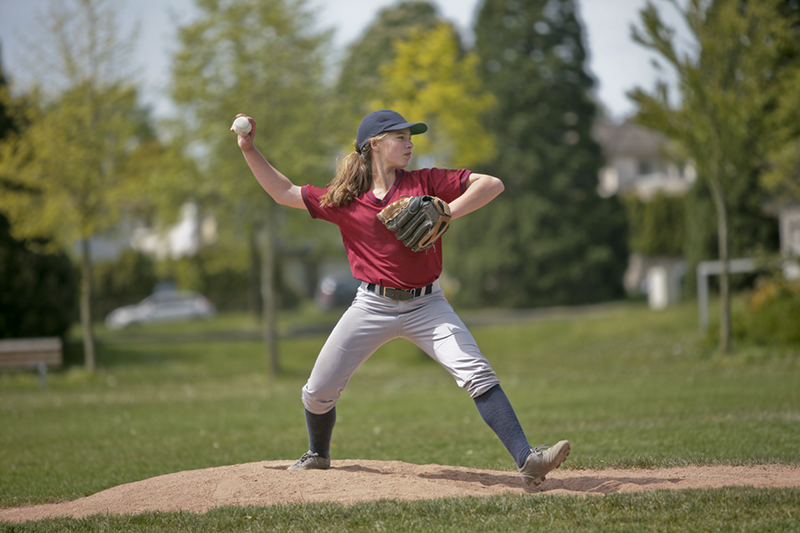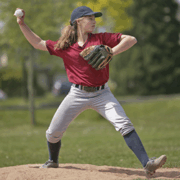Beyond Movement Skills: Why Teaching Kids to “Read the Game” Matters

When we think about physical literacy—the combination of skills, confidence, and motivation to stay active for life—most people picture basic movement: throwing, jumping, kicking. But the Canadian Physical Literacy framework identifies something equally important: the cognitive and decision-making components that allow kids to understand why and when to use those skills.
This distinction matters. A young athlete with strong decision-making skills engages more deeply with physical activity, understands their role in the game, and develops the kind of competence that builds lasting participation.
What “Reading the Game” Actually Means
According to Canada’s Physical Literacy framework, physical literacy includes knowledge and understanding—the ability to identify and express the essential qualities that influence movement, understand the health benefits of an active lifestyle, and appreciate appropriate safety features associated with physical activity in a variety of settings.
Decision making during informal play or in a sport situation is the ability to decide to use the right skill, at the right time, in the right situation.
Consider a 12-year-old midfielder in soccer receiving a pass while facing their own goal. In the seconds before the pass arrives, they check their shoulders to see if a defender is behind them and spot open spaces. When the pass arrives, they make a decision based on what they know about the field, the opposing players’ positions, and their teammates’ movement—all under time pressure. That’s reading the game. It requires working memory, visual attention, and the ability to process multiple pieces of information simultaneously.
This cognitive dimension works alongside physical skill. A player might have perfect passing technique but miss opportunities because they aren’t processing the tactical situation. Both elements develop together to create physical literacy.
Decision-Making in the Learn to Train Stage
The Long-Term Development in Sport and Physical Activity Framework identifies decision-making as particularly important during adolescence, within the “Learn to Train” stage. At this point, young people’s brains have nearly reached adult size and, with sufficient practice, are capable of controlling their bodies with greater precision.
Three related processes support this development:
- Automation occurs when a skill becomes ingrained enough that it requires less conscious effort. A pass that once required total focus can eventually be executed while thinking about tactics.
- Integration happens when the brain combines information from inside the body (muscle position, balance) and outside (what teammates and opponents are doing) to coordinate movement.
- Decision making involves knowing and understanding an activity’s rules and characteristics well enough to select and execute the right skill at the right moment.
These processes develop through intentional practice and instruction. They’re not automatic—they’re built.
How Skills Transfer Across Activities
Research shows that cognitive skills developed in one sport context can transfer to others. Young athletes who are physically literate can transfer well-learned skills to complex, fast-paced games and apply principles learned in one context to new ones.
The working memory you develop in basketball—tracking teammates, anticipating movement, reading formations—strengthens the same neural pathways needed in soccer, hockey, or tennis. A child who learns to recognize passing lanes in soccer may more easily recognize similar opportunities in basketball, especially if they were taught to understand the principle (finding open space) rather than just executing the technique.
This transfer of understanding helps young people feel more capable when they try new activities. It builds confidence—the belief in your abilities and having the confidence to try new things because you have a history of success.
How Coaches Build Decision-Making Skills
Several coaching practices develop decision-making explicitly:
- Small-sided games reduce player numbers and field size so each child makes more decisions more frequently, building pattern recognition and tactical awareness.
- Game-focused instruction teaches tactical concepts before or after practice, helping players understand formations, positioning, and strategy.
- Film review allows athletes to see their own decision-making in action, identifying what they noticed (or missed) in real time and learning to make faster, more effective choices.
- Questioning during play shifts from directive coaching to guided discovery. Instead of telling players what to do, coaches ask: “What do you see? Why did you choose that? What could happen next?”
Why This Matters for Young Athletes
Competence and confidence are strongly associated with young people’s sustained participation in physical activity. Decision-making instruction is one part of building that competence. When young athletes understand why they’re doing something—when they can read situations and make decisions—it contributes to their overall sense of skill and capability.
They feel more engaged on the field. They understand their role in the bigger picture. They experience success not just through physical performance, but through tactical awareness and smart choices. This builds the confidence that keeps them engaged in physical activity.
Decision-making also supports durability—the combination of physical, mental and social resources that allows an individual to persist and endure challenges to achieve personal and social goals. Young people who understand the sport or activity they’re learning have stronger foundations to draw from.
The Bottom Line
Teaching kids to understand the tactical and strategic dimensions of physical activity is core to comprehensive physical literacy development. It deepens engagement with physical activity, supports competence and confidence, and helps young people feel capable and connected to what they’re doing.
For coaches and educators, emphasizing decision-making alongside technique creates young athletes who don’t just perform skills—they understand them. And that understanding is what transforms one-sport participation into a lifelong approach to physical activity.

